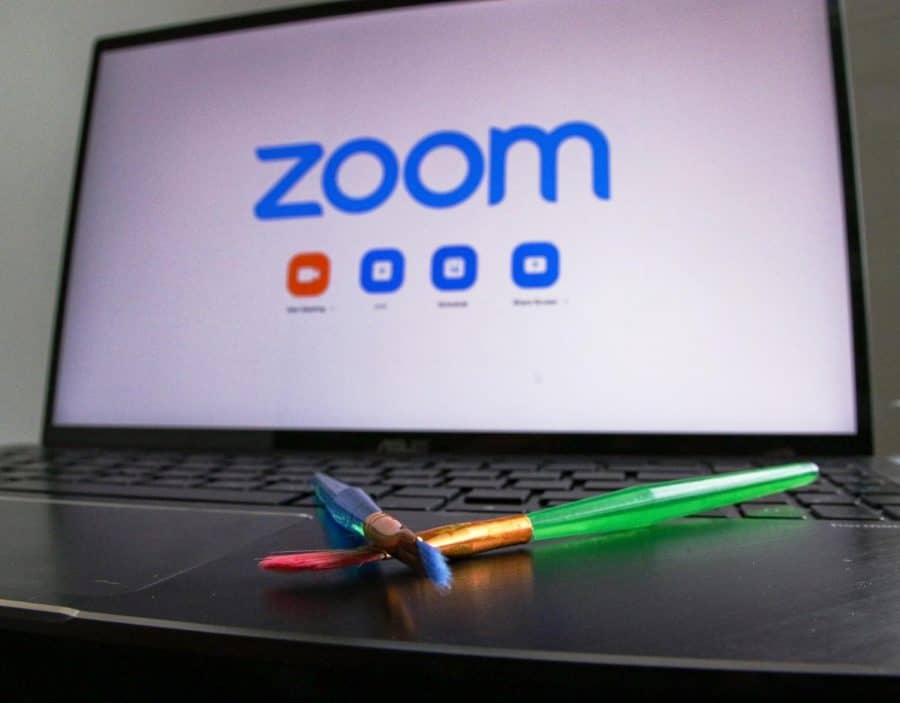Dancing on their own: How arts students are reinventing hybrid learning
September 16, 2020
As students begin to settle into a routine of attending classes both virtually and in-person, some courses pose more of a challenge with COVID-19 restrictions than others. While all students are facing academic challenges, those training under the Department of Theatre and Dance have had to reconsider how they are able to successfully train in a safe, or even virtual, environment.
Mackenzie Hollis, a junior majoring in dance and business management, has found adjusting to the studio space restrictions to be difficult.
“The most challenging thing would be [the] use of space and spatial awareness as dance is a very interactive art,” Hollis said while discussing her experience taking Modern Dance 311. Beside having to dance with a mask on, 10-foot squares are outlined on the floor of the studios where dancers must stay. This measure provides the dancers with the challenge of having to fully execute choreography while staying within the square.
Since spatial movement is restricted outside of the studio space, being able to use other features is critical when conveying various emotions.
Maddy Reda, a sophomore majoring in communications and minoring in theatre, is taking all of her classes remotely. In her Acting 141 class, Reda is limited to working within the space that exists in her room and is unable to physically connect with her scene partner or fellow actors. Being able to establish a connection amongst actors is vital to successfully portraying a character within a scene.
Having already completed one scene project, Reda was able to experiment with the use of Zoom backgrounds, as well as using any props she already had around her home, all while figuring out how to convey emotions through a camera.
“I have relied more on spectacle, tone and facial expressions in order to get my message across via Zoom,” Reda said. “A big part of acting is interacting – so really, all it takes to adapt is even more concentration and awareness of the person that you’re acting with.”
While the thought of not being surrounded by fellow performers can be disconcerting to any student, it has been extremely upsetting to Maria Pacos, a senior majoring in dance and public health and minoring in food and nutrition.
On top of facing the reality that her performances will not be held on the stage this semester, Pacos is still figuring out how to successfully take Ballet Technique (DN 321) in a small space within her apartment. While moving furniture helps slightly, what Pacos finds most challenging is not being able to partake in exercises during class such as the grand allegro and across-the-floor turning.
While taking a class of this nature can be taxing and sometimes seem impossible, it may initiate a creative spark that will allow for a refreshing insight. Being able to work with your surroundings is extremely helpful, the students said, and allows for a creative flow that would not have otherwise existed.
While it may seem as though nothing would suffice, using everyday objects such as books or blankets can be looked at in a new light and make for a eye-catching prop. Taking advantage of nature and surrounding outdoor locations is a way to both get fresh air and find new locations for your artistic endeavors. For example, a space such as the Quad can serve as a background for a scene, or a more lively and open dance space.
Pacos, who has taken this time away from campus, reflected on the past semester as well as the current one.
“Being a dance major during a time like this has been very taxing, especially with our shows being practically canceled,” Pacos said. “Being a senior, that was hard for me to realize, knowing that last fall was my last time on stage and I didn’t even know it, but I am still so glad that we are even able to do what we can right now because it is better than nothing.”









